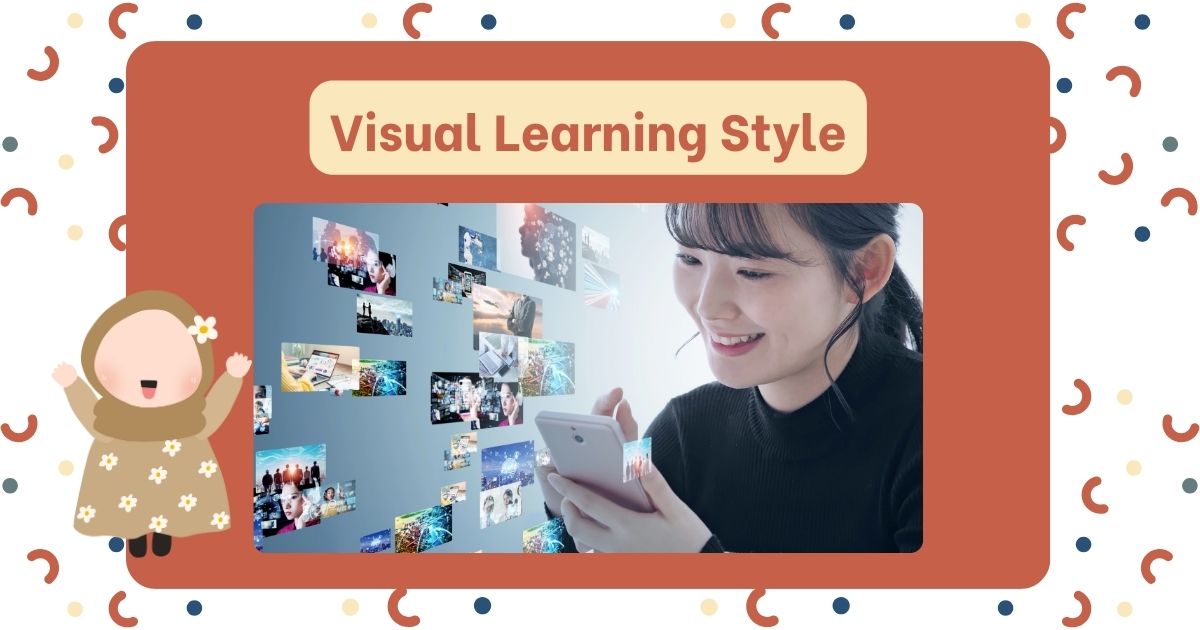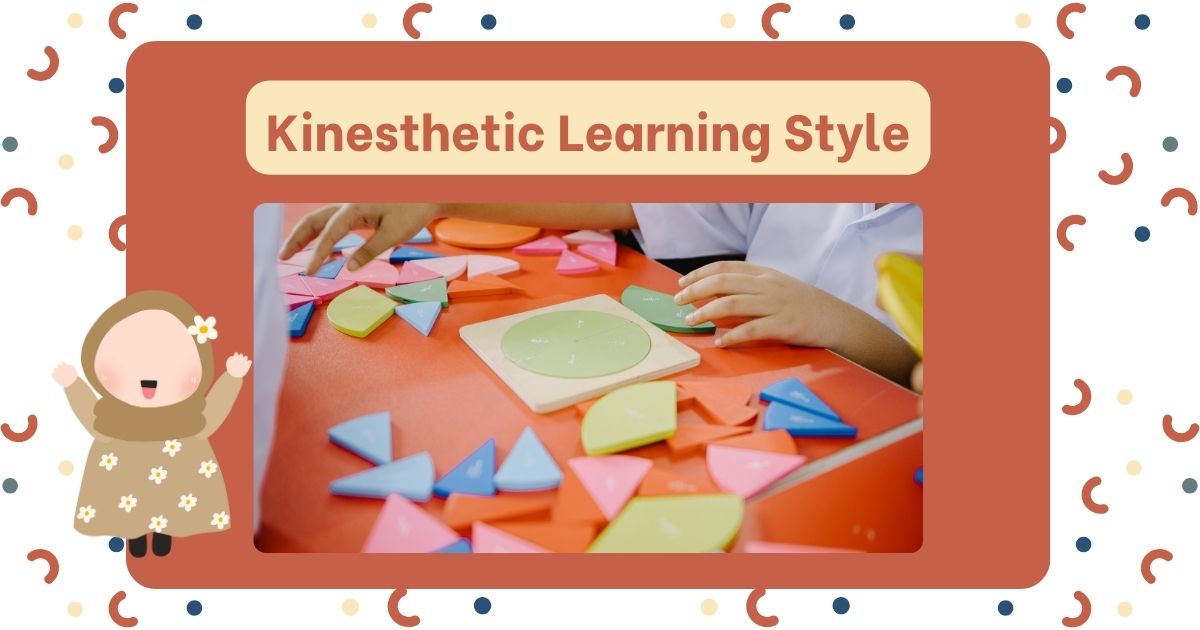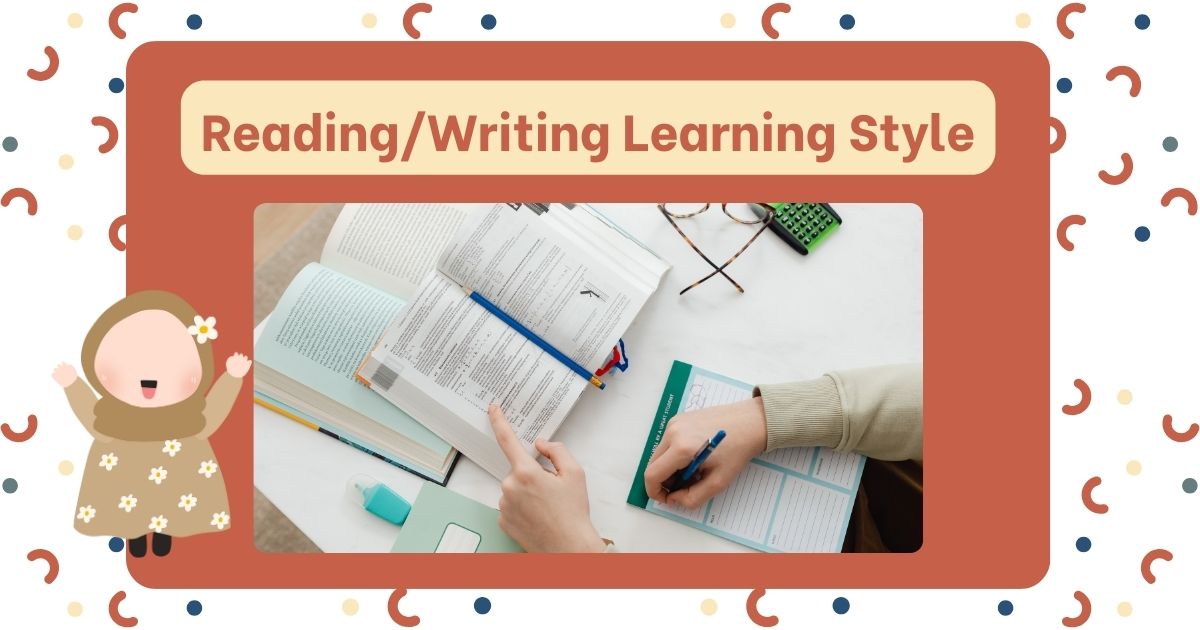Learning styles are one of the important factors that bring success to your online courses.
Each student has his own way of remembering when studying. Some write notes, some draw pictures, and some prefer to listen to lectures.
Because each person learns differently, scientists have studied how students learn best. Now, let’s explore with ThimPress the different ways they can be found and used in your online course.
What is Learning Styles?
Learning styles refer to the different ways that individuals prefer to absorb, process, and retain information. Basically, they are the most suitable methods for you to learn something new effectively.
There are many different models for classifying learning styles, but the four most popular models include:
- Visual Learning Style: Prefers to learn through images, diagrams, charts and other visual aids.
- Auditory Learning Style: Learn best by listening to lectures, discussions, and audiobooks.
- Kinesthetic Learning Style: Benefit from hands-on activities, experiments, and physical movement.
- Reading/Writing Learning Style: Prefers to learn through text-based materials, taking notes, and writing things down.
Although these strategies exist, it is important to remember that most people have different learning styles depending on the content of the lesson and the type of student.
Your student may have a stronger preference for one or two styles. However, you can still learn effectively by combining these styles together to make your online courses more engaging, such as AI-102 Exam Dumps.
Let’s discuss in more detail how to incorporate different learning styles into your online course.
Visual Learning Style

The visual learning style is suitable for visual learners. Visual learners absorb information most effectively through visual and visual means.
They process and remember concepts better when presented with images, diagrams, charts, graphs, and videos. Think of this style as creating a picture of information in order to understand and remember it effectively.
Here are some ways to cater to visual learners in your online course:
Incorporate a Variety of Visuals:
- Images and Photos
- Infographics and Charts
- Mind Maps and Concept Maps
- Videos and Screencasts
- Diagrams and Illustrations
- Color Coding
- And More
Engage Interactively:
- Interactive Whiteboards and Annotations
- Drag-and-Drop Activities
- Virtual Tours and Simulations
While providing the best experience for visual learners, incorporate other learning styles (auditory, kinesthetic) for a well-rounded experience. Additionally, you should use high quality, clear, relevant and accessible images to be more effective.
Auditory Learning Style

Auditory learning style, also known as auditory learning, describes a preference for learning through hearing and sound.
People with this style absorb information best when it is presented verbally, rather than visually or tactilely. They often have the following characteristics:
- Learn effectively by listening to lectures, discussions, podcasts, audiobooks, and music
- Can remember well what they hear
- Benefit from verbal repetition
- They may have difficulty reading too much text
- Like to talk and ask questions while studying
Here are some ways to cater to auditory learners in your online course:
Content distribution:
- Prefer audio-based instructions
- Provides text with audio narration
- Incorporate discussions and Q&A sessions
- Encourage students to record lectures
Activities and reviews:
- Use audio-based exercises like podcasts, debates, presentations
- Provide personalized voice notes or recordings with constructive criticism
- Integrate group discussions and debates
- Encourage reflection and verbal explanation
When teaching using this method, pay attention to the sound quality, making sure the teaching videos have clear and easy-to-listen sound quality. Additionally, provide a text based on the recording if students want to read and listen at the same time to make the lecture more effective.
To help instructors with this method, we have detailed instructions on how to apply video to the classroom on multiple host platforms here:
- Embed a Bunny CDN Video in LearnPress
- Detailed Guide to Embed a YouTube Video into LearnPress
- How to Embed a Vimeo Video into LearnPress
Kinesthetic Learning Style

Kinesthetic learning style is applied to kinesthetic learners. Kinesthetic learners, sometimes called tactile learners, flourish through physical movement and hands-on experiences. They learn best by doing, touching, and interacting with the material instead of passively listening or reading.
Imagine a person learning to ride a bicycle. Visual learners might watch videos, while auditory learners listen to instructions. But the kinesthetic learner gets on the bike, wobbles, feels the handlebars, and eventually masters the skill through practice.
Key characteristics of Kinesthetic learners:
- Prefer action over words
- Learn by doing hands-on projects, experiments, and demonstrations
- Doodling, pacing, and fidgeting can aid their focus and understanding
- They might be naturally coordinated and enjoy sports or dance.
- Remember best through experience
Here are some ways to cater to kinesthetic learners in your online course:
Interactive activities:
- Incorporate simulations, games, and quizzes that require active participation
- Encourage role-playing scenarios to apply concepts in a practical way
- Design learning journeys with challenges and quests to keep them motivated
- Schedule short breaks where students can stretch and stand up
Kinesthetic study tools:
- Suggest activities like drawing mind maps, building models with everyday materials, or creating physical flashcards
- Recommend educational apps or games that involve movement and interaction
- Encourage them to act out concepts or processes
- Offer optional movement-based homework tasks
- Random Quiz add-on for LearnPress is a suitable choice for courses with many kinesthetic learners
The key is to provide opportunities for kinesthetic learners to engage with the material in a way that is meaningful and memorable for them.
Reading/Writing Learning Style

The Reading/Writing learning style is one of the four main styles identified in the VARK model (Visual, Auditory, Read/Write, Kinesthetic).
Learners with this style prefer to absorb information through written text and actively process it by reading, taking notes, and writing things down. They can learn and remember effectively through:
- Reading and Re-reading
- Note-taking and Summarizing
- Writing and Reflecting
Here are some ways to cater to Reading/Writing learners in your online course:
Content Delivery:
- Provide clear and well-organized written materials like lectures notes, articles, and study guides
- Offer downloadable transcripts of audio/video lectures
- Include visual aids like diagrams, charts, and infographics to supplement written text
- Use concise and clear language in all communication and instructions
- You can use add-ons like the WPML add-on for LearnPress to support students who don’t speak the primary language of the course
Activities and Assessments:
- Encourage note-taking and summarizing through structured activities and templates
- Offer written assignments like essays, analyses, or reflections on key topics
- Use online discussion forums where learners can interact and share their written thoughts
- Provide opportunities for self-assessment and quizzes with clear written explanations
- LearnPress – BuddyPress Integration is a useful add-on for creating groups and discussion forums
Learning Styles for Your Online Course

So which teaching style should you apply to match the learning styles of your online course?
Our advice is to consider 2 main factors:
- Course content
- Your students
Course content. What is your course about? How should you present it so that students can best interact? Do you want students to remember sentences or understand logic better?
Your students. Interact with students through forums or the first online courses. Ask students about their learning characteristics, the content they are interested in, whether they want to learn short or long videos, or whether they want a practice lesson after each theory lesson.
After deciding on your teaching method, pay attention to whether what you do for your online course is effective or not, and then adjust accordingly.
In cases where each teacher can only teach subjects with one or two learning styles, the course should have multiple instructors to meet the needs of students. Co-Instructors add-on for LearnPress is a useful tool to help you do so.
Conclusion
Student learning styles are an important factor in the success of your online class. By choosing the right teaching method that suits your students’ learning style, you can receive many useful reviews to attract new students to your online courses.
And don’t forget to motivate students by giving them a certificate of course completion. Certificates add-on for LearnPress can help you do that!
Read More: WordPress for Education: A Comprehensive Guide
Contact US | ThimPress:
Website: https:///
Fanpage: https://www.facebook.com/ThimPress
YouTube: https://www.youtube.com/c/ThimPressDesign
Twitter (X): https://twitter.com/thimpress
